The GH and N share the same hull design, which is similar in proportions to boats done by both Phil Bolger and Jay Benford. The shape draws from twin screw workboats generally, but not one in particular. Despite the apparent crudeness, its a fairly sophisticated hull shape with reasonably fine waterlines forward; buttocks aft that minimize the stern wave, almost eliminate squat at hull speed, and allow for a large diameter propeller; and chines and skegs that incorporate a massive amount of roll damping. All ideas taken from workboats.
It is a true displacement hull designed to run efficiently at very close to hull speed, but it will not go faster. The 37 uses about 40 horsepower at 7 1/4 knots, fully loaded. The 47 uses about 60 if I recall correctly, at closer to 8 knots.
The original plan was that the boat would be built using FRP panel one off construction, so all the shapes had to be developable with fairly gentle curves. Like a lot of projects, plans changed along the way and a hull mold was made, but we decided to stick with the shape to make tooling affordable.
Also in the original plan was the ability to lengthen the 37 hull. The hull was designed and the mold was built with a shape that allowed for a prismatic insert, a section where all of the buttock lines go fore and aft, parallel to the waterline, across the hull. Everything lines up and fairs in, except for the sheer line in profile.
Lou
It is a true displacement hull designed to run efficiently at very close to hull speed, but it will not go faster. The 37 uses about 40 horsepower at 7 1/4 knots, fully loaded. The 47 uses about 60 if I recall correctly, at closer to 8 knots.
The original plan was that the boat would be built using FRP panel one off construction, so all the shapes had to be developable with fairly gentle curves. Like a lot of projects, plans changed along the way and a hull mold was made, but we decided to stick with the shape to make tooling affordable.
Also in the original plan was the ability to lengthen the 37 hull. The hull was designed and the mold was built with a shape that allowed for a prismatic insert, a section where all of the buttock lines go fore and aft, parallel to the waterline, across the hull. Everything lines up and fairs in, except for the sheer line in profile.
Lou
Last edited:

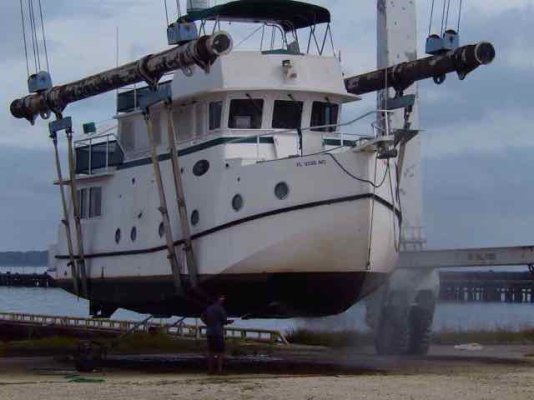
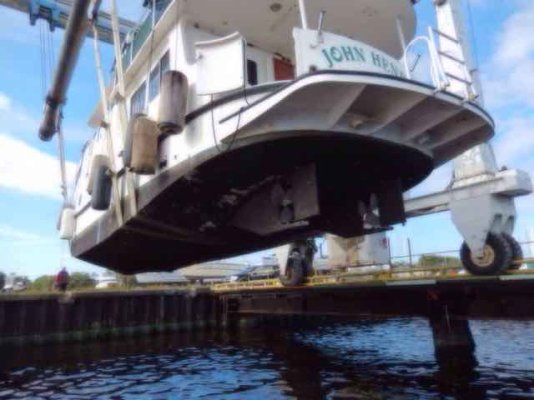
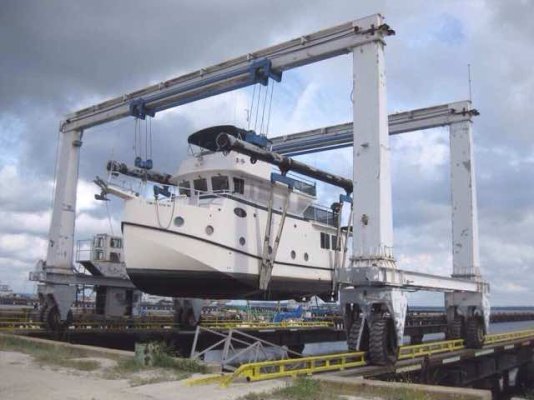
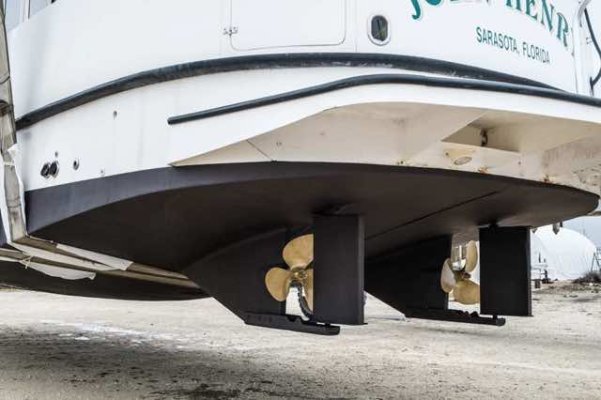
 you
you
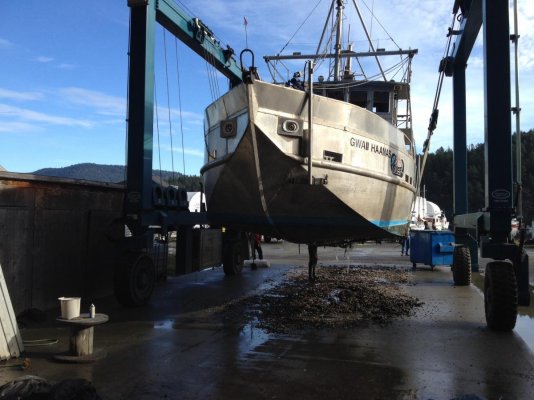
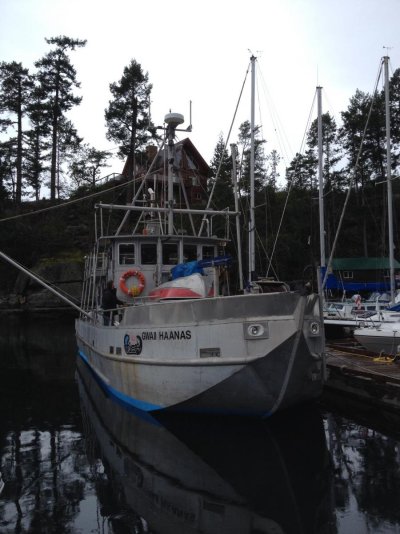
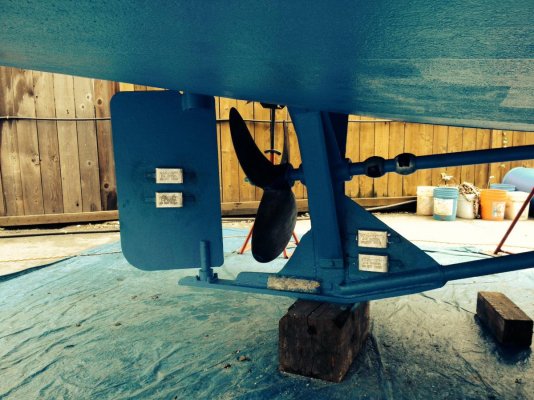
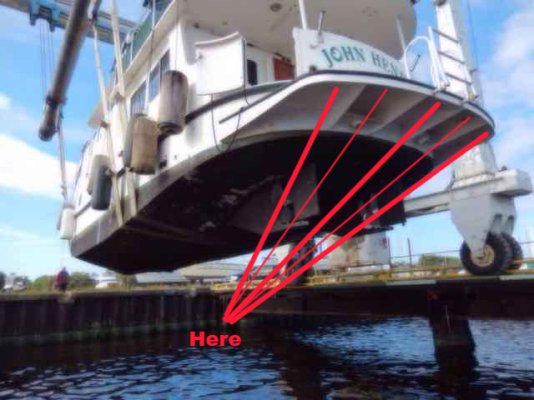
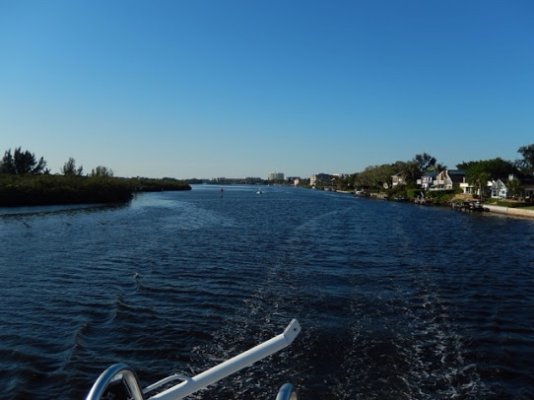
 much appreciated.
much appreciated.